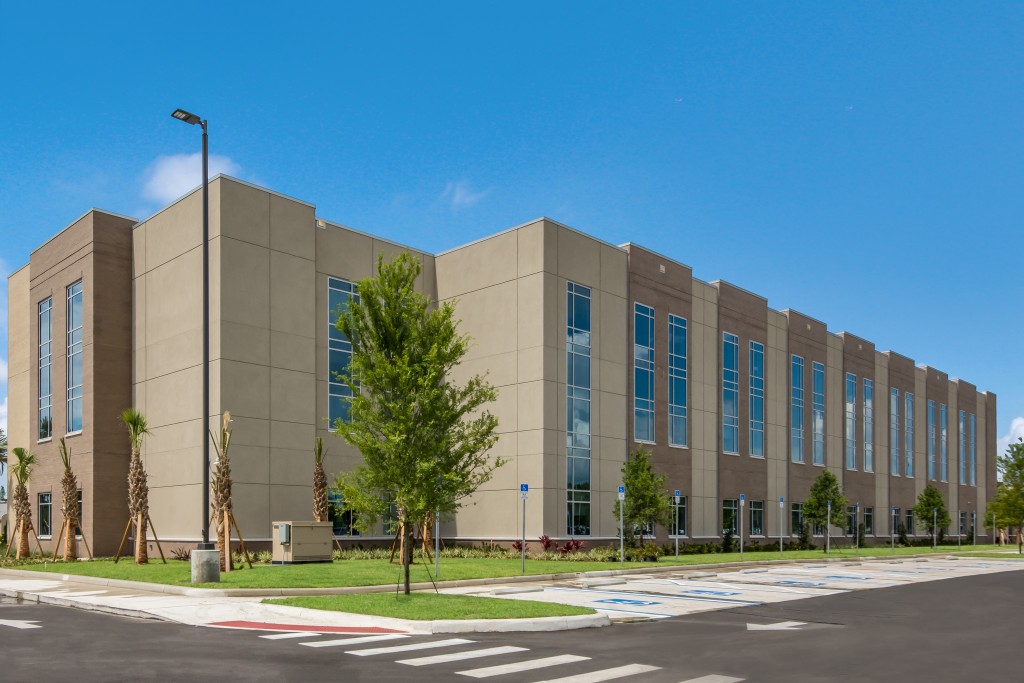Achieving Optimal Hospital Outcomes Through Strategic Partnership
Post-acute care remains a leading solution for patients with complex medical conditions and chronic illnesses. By offering a range of post-acute services, such as inpatient rehabilitation, hospitals would not only diversify their service offerings – an important strategy amid the One Big Beautiful Bill Act (OBBA) – but improve patient...










